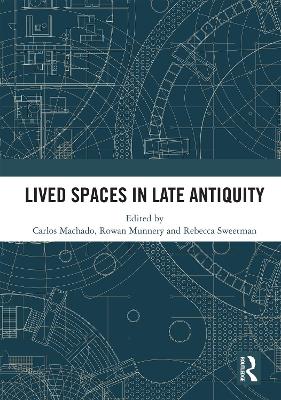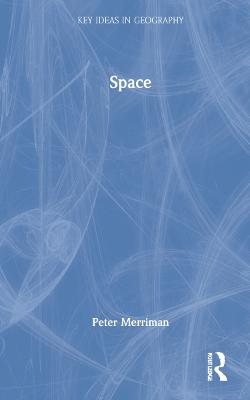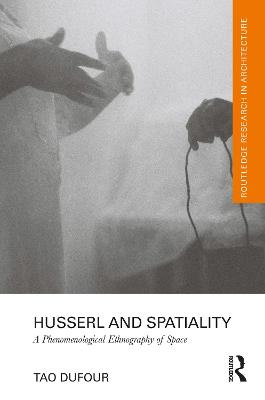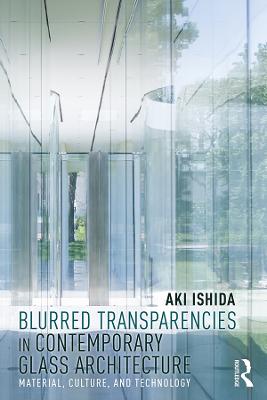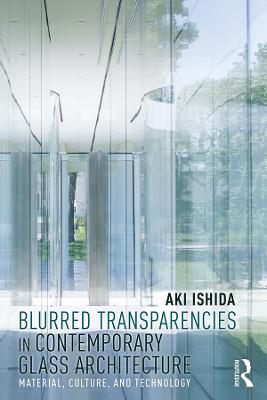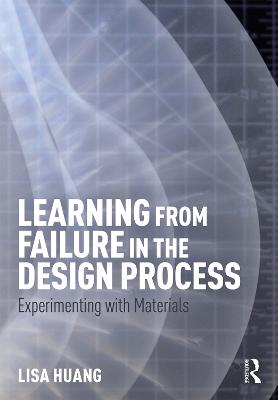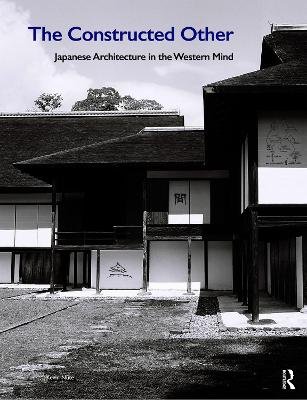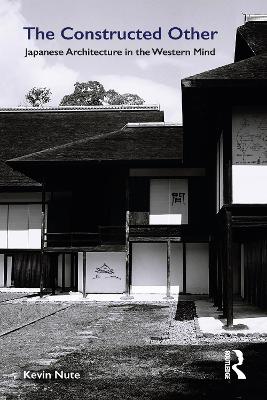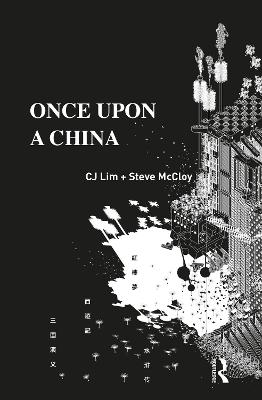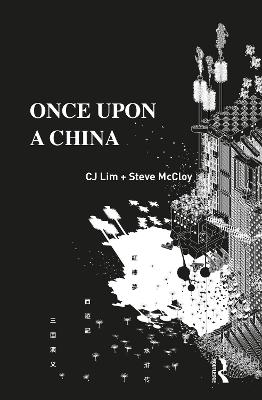Learning from Failure in the Design Process
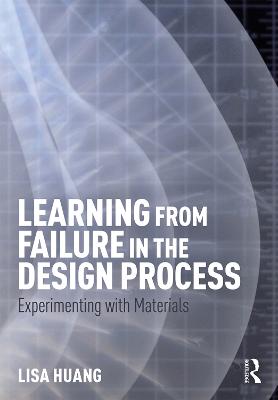 -10%
portes grátis
-10%
portes grátis
Learning from Failure in the Design Process
Experimenting with Materials
Huang, Lisa
Taylor & Francis Ltd
04/2020
254
Dura
Inglês
9781138919181
15 a 20 dias
680
Introduction
Chapter 1: WHY STRETCH?
What Can We Stretch? Material Considerations
Typical Stretching Materials and Components
Key Issues to Consider in Material Selection
How Do We Stretch?
Typical Assembly Requirements
1.3 What Happens When Stretching? What Are the Failures/Limitations/Problems We May Encounter?
Composite Assemblies: How Do We Integrate Rigid and Stretched Materials?
[Student Experiment: How Do We Negotiate Between Flexible and Stiff Material Systems?]
Pliability + Sagging: How Do We Overcome the Effects of Gravity and Give Dimension to Flatness and Floppiness?
Alternative Strategies: How Else Can We Take Advantage of a Membrane's Natural Inclination to Cling and Drape?
Lightness + Weight: How Do We Make a Typically Temporary Assembly Look More Permanent?
[Student Experiment: How Do We Take Advantage of a Material's Stretching Potential?]
Stretching the Material Itself: How Can We Make Rigid Material Look Soft and Fluid?
Chapter 2: WHY CAST?
2.1 What Can We Cast? Material Considerations
Typical Casting Materials and Components
[Student Experiment: How Do We Cast a Light-transmitting Concrete Panel and What Else Can We Do with It?]
Atypical Casting Materials and Components
Key Issues to Consider in Material Selection
2.2 How Do We Cast? Typical Assembly Requirements
Key Steps in the Process of Casting
Atypical Formwork Strategies
2.3 What Happens When Casting? What Are the Failures/Limitations/Problems We May Encounter?
[Student Experiment: What are Some Missteps That We Confront in the Casting Process?]
Precision + Control: How Do We Accommodate or Outsmart Inevitable Inconsistencies in the Casting Process?
[Student Experiment: How Do We Control Material Behavior in the Casting Process?]
Texture + Unpredictability: How Do We Turn Surface Inconsistencies or Defects into Design Features?
Texture + Exactitude: How Do We Make a Rough Material Look More Refined?
Form + Lightness: How Thin Can We Cast a Material?
Plasticity + Mass: How Else Can We Highlight the Fluidity of a Cast Material?
Chapter 3: WHY CARVE?
3.1 What Can We Carve? Material Considerations
Typical Casting Materials and Components
Key Issues to Consider in Material Selection
3.2 How Do We Carve? Typical Assembly Requirements
3.3 What Happens When Carving? What Are the Failures/Limitations/Problems We May Encounter?
[Student Experiment: What Happens When We Let the Carving Process Dictate Form and Appearance of Components?]
Operation + Composition: How Do We Make Something Predictable Look Unpredictable?
Ornament + Stability: How Do We Maintain and Express Structural Integrity in Carving?
Chapter 4: WHY STACK?
4.1 What Can We Stack? Material Considerations
Typical Casting Materials and Components
Atypical Casting Materials and Components
Key Issues to Consider in Material Selection
4.2 How Do We Stack? Typical Assembly Requirements
Historical Shift from Bearing Wall to Veneer Cladding
4.3 What Happens When Stacking? What Are the Failures/Limitations/Problems We May Encounter?
[Student Experiment: How Else Can We Integrate a Stacked Assembly with Another Material System?]
Lateral Stability + Height: How Do We Increase the Height of an Assembly of Small Modules While Keeping it from Overturning?
Lateral Stability + Height: How Do We Make a Fluid Form Out of Something Rigid?
Pattern + Texture: How Can We Use the Individual Module to Contribute to a Dynamic Collective for the Uniform Monolith?
[Student Experiment: How Can We Transmit Light Through a Monolithic and Opaque Assembly?]
Porosity + Lightness: How Do We Transmit Light Through A Stacked Assembly?
[Student Experiment: How Can We Manipulate a Stacking Module that can Create Different Patterns of Light?]
Mass + Lightness: How Do We Make Something Inherently Heavy Defy Its Own Weight?
Introduction
Chapter 1: WHY STRETCH?
What Can We Stretch? Material Considerations
Typical Stretching Materials and Components
Key Issues to Consider in Material Selection
How Do We Stretch?
Typical Assembly Requirements
1.3 What Happens When Stretching? What Are the Failures/Limitations/Problems We May Encounter?
Composite Assemblies: How Do We Integrate Rigid and Stretched Materials?
[Student Experiment: How Do We Negotiate Between Flexible and Stiff Material Systems?]
Pliability + Sagging: How Do We Overcome the Effects of Gravity and Give Dimension to Flatness and Floppiness?
Alternative Strategies: How Else Can We Take Advantage of a Membrane's Natural Inclination to Cling and Drape?
Lightness + Weight: How Do We Make a Typically Temporary Assembly Look More Permanent?
[Student Experiment: How Do We Take Advantage of a Material's Stretching Potential?]
Stretching the Material Itself: How Can We Make Rigid Material Look Soft and Fluid?
Chapter 2: WHY CAST?
2.1 What Can We Cast? Material Considerations
Typical Casting Materials and Components
[Student Experiment: How Do We Cast a Light-transmitting Concrete Panel and What Else Can We Do with It?]
Atypical Casting Materials and Components
Key Issues to Consider in Material Selection
2.2 How Do We Cast? Typical Assembly Requirements
Key Steps in the Process of Casting
Atypical Formwork Strategies
2.3 What Happens When Casting? What Are the Failures/Limitations/Problems We May Encounter?
[Student Experiment: What are Some Missteps That We Confront in the Casting Process?]
Precision + Control: How Do We Accommodate or Outsmart Inevitable Inconsistencies in the Casting Process?
[Student Experiment: How Do We Control Material Behavior in the Casting Process?]
Texture + Unpredictability: How Do We Turn Surface Inconsistencies or Defects into Design Features?
Texture + Exactitude: How Do We Make a Rough Material Look More Refined?
Form + Lightness: How Thin Can We Cast a Material?
Plasticity + Mass: How Else Can We Highlight the Fluidity of a Cast Material?
Chapter 3: WHY CARVE?
3.1 What Can We Carve? Material Considerations
Typical Casting Materials and Components
Key Issues to Consider in Material Selection
3.2 How Do We Carve? Typical Assembly Requirements
3.3 What Happens When Carving? What Are the Failures/Limitations/Problems We May Encounter?
[Student Experiment: What Happens When We Let the Carving Process Dictate Form and Appearance of Components?]
Operation + Composition: How Do We Make Something Predictable Look Unpredictable?
Ornament + Stability: How Do We Maintain and Express Structural Integrity in Carving?
Chapter 4: WHY STACK?
4.1 What Can We Stack? Material Considerations
Typical Casting Materials and Components
Atypical Casting Materials and Components
Key Issues to Consider in Material Selection
4.2 How Do We Stack? Typical Assembly Requirements
Historical Shift from Bearing Wall to Veneer Cladding
4.3 What Happens When Stacking? What Are the Failures/Limitations/Problems We May Encounter?
[Student Experiment: How Else Can We Integrate a Stacked Assembly with Another Material System?]
Lateral Stability + Height: How Do We Increase the Height of an Assembly of Small Modules While Keeping it from Overturning?
Lateral Stability + Height: How Do We Make a Fluid Form Out of Something Rigid?
Pattern + Texture: How Can We Use the Individual Module to Contribute to a Dynamic Collective for the Uniform Monolith?
[Student Experiment: How Can We Transmit Light Through a Monolithic and Opaque Assembly?]
Porosity + Lightness: How Do We Transmit Light Through A Stacked Assembly?
[Student Experiment: How Can We Manipulate a Stacking Module that can Create Different Patterns of Light?]
Mass + Lightness: How Do We Make Something Inherently Heavy Defy Its Own Weight?





